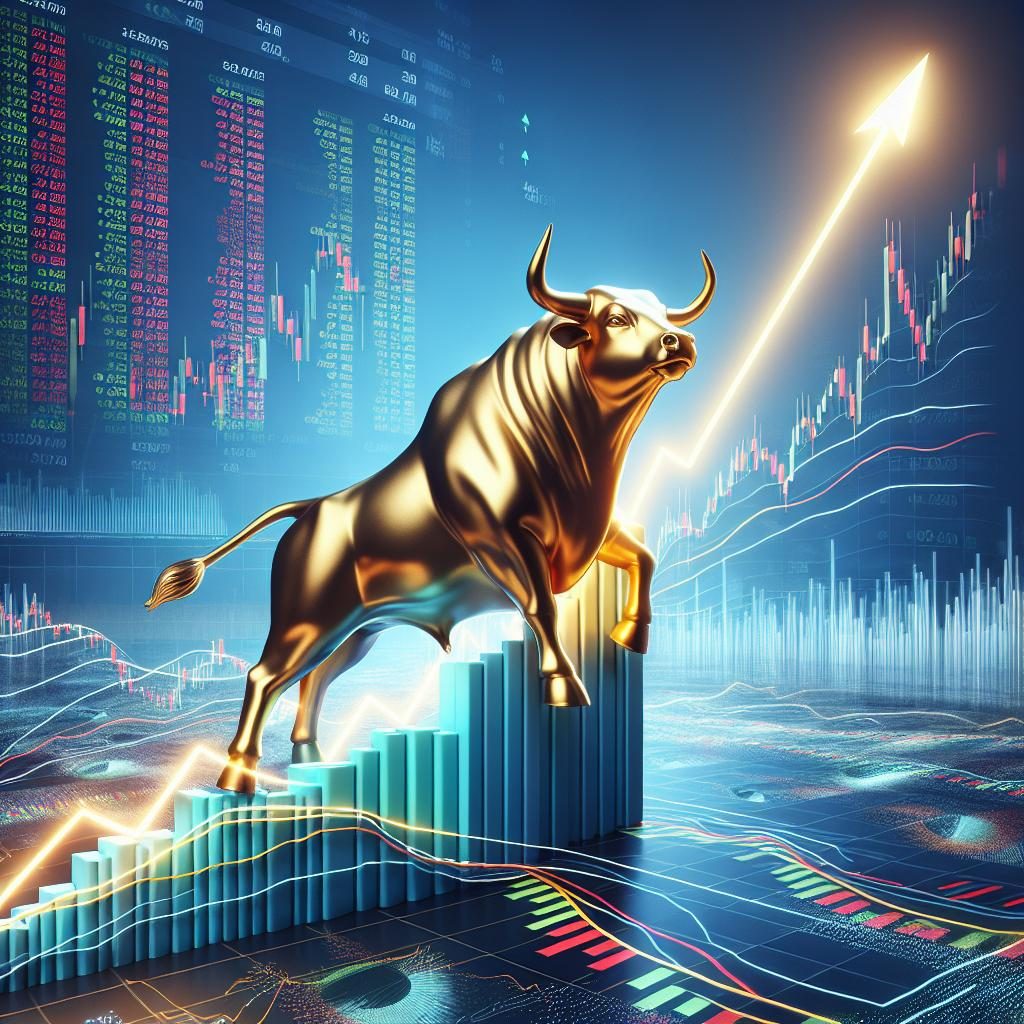South Carolina Economists: Market bullish despite interest rate spike
The spiking interest rates, a pressing concern across the corporate landscape, might not significantly hamper the economic growth of South Carolina, according to the state’s economists. They speculate that the impact could be transitory, even in sectors sensitive to inflation, such as manufacturing and housing.
Declining inflation despite high federal interest
The Federal Reserve has disclosed plans to cut its interest rate later this year while struggling to hit the projected inflation rate of 2%, as revealed by Reserve Chair Jerome Powell. The federal interest rates spiked to an 23-year high of 5.33% this March, consistent with the data from 2001. However, the total national inflation saw a significant drop from 5.2% in 2022 to 2.5% by February 2024.
Business investment remained the only category of national GDP growth to witness a decline in the past year, affected adversely by the inflationary costs and increased interest rates. Conversely, the trend showed a rise for consumer spending, private investment, government spending, and net exports.
Anticipated long-term growth in manufacturing and housing
Joseph Von Nessen, research economist at the University of South Carolina’s Darla Moore School of Business, suggested that the recent market adjustments in the housing and manufacturing sectors could be temporary. Despite the deflation of the “durable goods bubble,” he believes, demand remains high. Further indicating that substantial investments by the likes of BMW, Mercedes-Benz, and Volvo were likely strategic decisions made to capitalize on low-interest rates for plans likely spanning decades.
On this note, By Nessen told SC Biz News, “The automotive industry in South Carolina faces very strong demand and likely growth over the next several decades. They’re also having to invest in new infrastructure to produce more hybrid vehicles and EVs as the market continues to evolve. They’re looking down a long road.”
Healthy business activity indicates economic prosperity
According to Frank Heffner, director of College of Charleston’s Office of Economic Analysis, business activities, particularly in manufacturing, tourism, financial, service, and retail sectors, seem to thrive reasonably well amidst the high-interest rates. He emphasized that the construction activities ongoing in the region were evidence of a prosperous economy.
South Carolina saw a significant increase in state employment from slightly under 2.1 million jobs to 2.4 million since the spring of 2020, based on data from the U.S. Bureau of Labor Statistics. The continuing job growth and low unemployment rate in the Charleston Metropolitan area give Hefner reason to believe that the state’s economy would continue to drive steadily amidst the current economic conditions.
Surge in population growth promotes economic development
The U.S. News and World Report named Myrtle Beach as the fastest-growing metro area in the country for 2022 and 2023, while Charleston held the 22nd spot in 2022. According to 2022 data from the Charleston Regional Development Alliance, Charleston’s population growth was noted at 3.9%, significantly higher than the national average of 0.6%. As a result of this influx, an estimated 33 people moved to the Charleston area every day in 2020, boosting local economic activity.
On a final note, Hefner suggested, “You cannot pick a time or a day, driving out of Charleston on I-26, where you won’t see multiple container vehicles, semi-trucks, and passenger vehicles. It has nothing to do with spring break or a traditional holiday or a beach day. It’s just we have a lot more people now in the area than we did 10 years ago for sure.”













